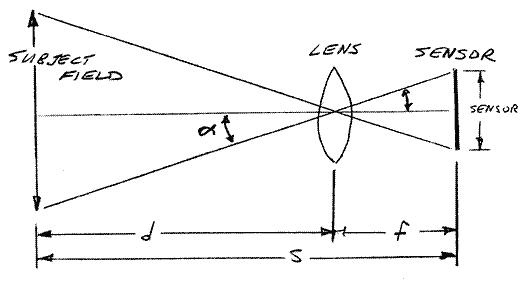The aperture operates in a plane perpendicular to the optical axis of the lens, so reversing the lens doesn't affect the way the aperture operates. Opening the aperture still lets in more light. Closing the aperture still lets in less light. Light passing through the center is still allowed to pass and light falling outside the opening is not allowed to pass. If we were able to somehow reverse that it would mean that light in the center would not be allowed to pass and light outside the center would be allowed to pass!
When a lens is reversed the numerical aperture reported by the lens may not be the actual effective aperture that results from the entrance pupil as seen from the front (normally the rear) of the lens. The same thing happens when a normal macro lens is focused at the MFD - the entrance pupil is smaller than the aperture value set or reported by the lens which is always normalized when the lens is focused to infinity. But as long as you're doing through the lens metering it doesn't matter because each movement of the aperture from wide open to the smallest setting is proportional. If the aperture is set at f/2.8 but the effective aperture is f/5.6 if one stops down to the f/5.6 setting the effective aperture will be f/11. In both cases making the diaphragm opening one-fourth the area has reduced the f-number by two stops.
The way in which the effective aperture, more properly called the entrance pupil, is affected by reversing the lens is due to the changes in the lens' magnification. When we reverse a lens we typically go from a fractional magnification to a magnification at or larger than 1.
For the purposes of calculating a lens' maximum magnification the size of the virtual image projected onto the film or sensor when the object is at the lens' minimum focus distance (MFD) is compared to the size of the actual object. The MFD is the point at which the lens can't focus anything that is closer. How large we later blow it up to view it after we capture the image with our sensor (or film) is immaterial to the lens' magnification because we can apply the same viewing magnification to the image whether the lens is on the camera forwards or reversed.
If a coin is 40mm in diameter and is placed at the MFD and an image of that coin that is 8mm in diameter is projected by a lens onto the sensor then we say the lens has a magnification of 0.20x or 1:5. Another way of saying that is that the image is 1/5 the size of the real life object. So when we say "magnification" in such a case it doesn't mean we are making the image projected onto the sensor larger than the actual object. In fact we are making it smaller, just like when you multiply a number, such as 40, by a number smaller than 1, such as 0.2, you get a smaller number, such as 8.
If we flip the lens around we should then be able to make it 5X larger, right? Well we could if we could place the camera's sensor a distance equal to the lens' MFD from the entrance pupil of the reversed lens and if we could place the subject at a distance equal to the lens' focal length. But doing so would also mean our image projected on the camera's sensor would be much darker than the brightness of the light reflected by our subject because it would be spread out over 25X the area of the real life object. (1/0.2 = 5, 5^2 = 25)
In practice the lens we have reversed usually has an MFD greater that the distance we can practically place the lens from the camera's sensor and the subject must be at a greater distance that the lens' focal length in order to fit it in the frame and light it well enough to make a good photo. So we give up some of that 5x magnification to fit all of the pieces together, properly light our subject, and bring it into focus.
Note: The following portion of the answer assumes a conventional lens in which the front element moves away from the camera to focus on shorter distances and moves closer to the camera to focus on longer distances. For internally focused lenses or lenses where the front element is recessed in the front barrel and moves independently of the front barrel all bets are off as there are just way too many variables about the optical formula as well as what part of the lens is attached to the the camera when a lens is reversed.
Speaking of focus, it doesn't matter which way the lens is facing, moving the focus ring one way will increase the focus distance and moving it the other way will decrease the focus distance. In terms of a simple lens making a lens with the same refractive index longer (moving the actual lens further from the film/sensor) will decrease the focus distance. That's how extension tubes work to decrease the MFD and increase magnification. Moving the lens closer to the film/sensor plane will make the focus distance longer. So no matter which way the lens is turned with respect to the camera, stretching the lens out (or effectively stretching it out in a complex lens system) will shorten the focus distance while compacting the lens will increase the focus distance.



